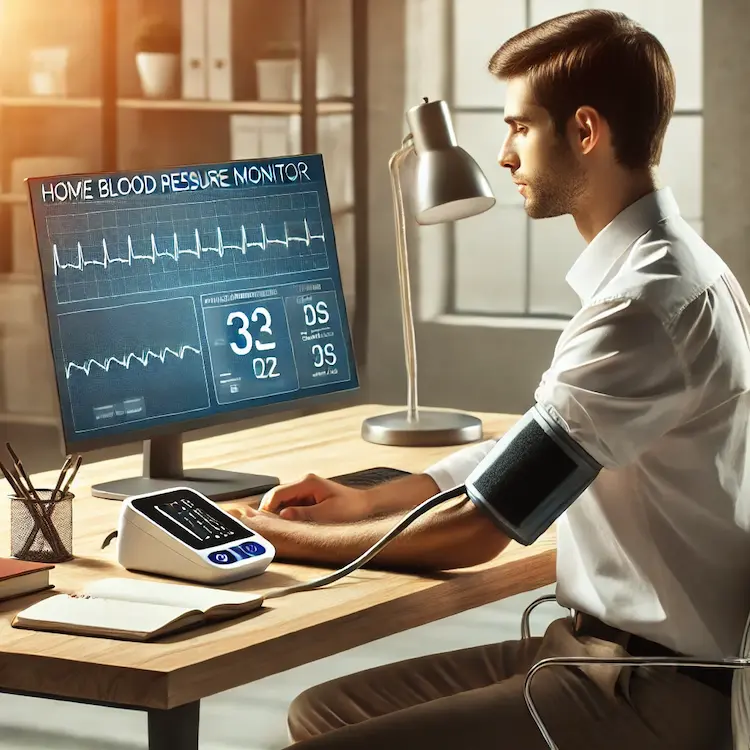Home Blood Pressure Monitoring (HBPM) has become an essential tool for individuals managing hypertension. However, many misconceptions surround this practice, leading to confusion about its accuracy, use, and importance. In this article, we will delve into common myths and provide a clear understanding of HBPM, its importance in monitoring health, its impact on society, and how it can contribute to more effective blood pressure management.
Home Blood Pressure Monitoring (HBPM) refers to the practice of regularly measuring blood pressure at home using an automated device. This method allows individuals to track their blood pressure levels between doctor visits, enabling early detection of any abnormalities.


Home blood pressure monitoring is a critical tool for managing hypertension and preventing serious health conditions. Dispelling common myths about HBPM and understanding its importance is crucial for maximizing its benefits. Regular monitoring, the right devices, and following best practices can help individuals manage their health more effectively, improve outcomes, and reduce healthcare costs. By incorporating HBPM into daily routines, individuals can take proactive steps toward better health.